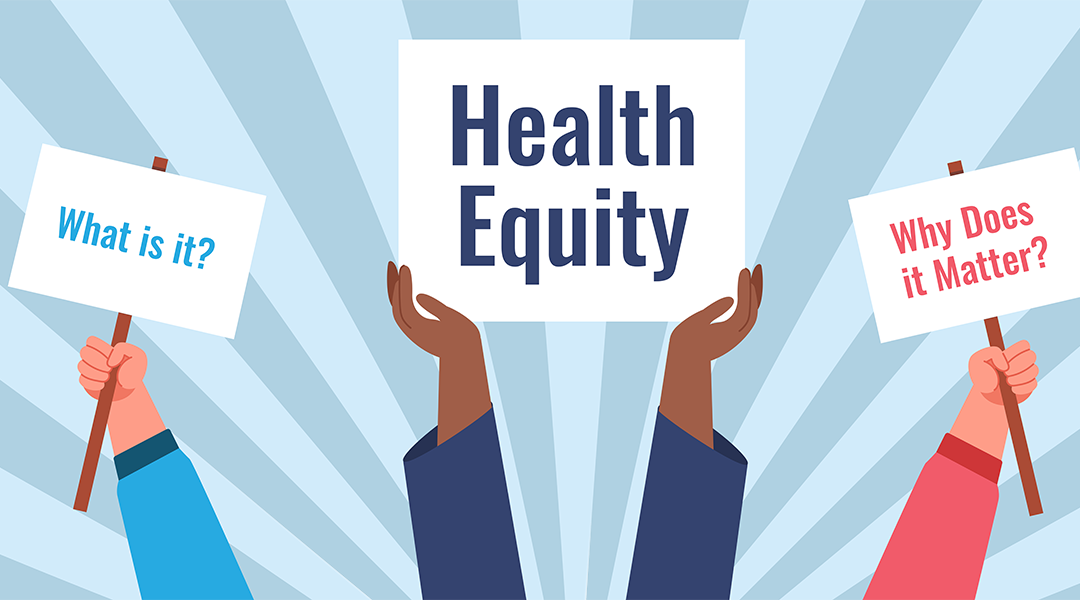Introduction
Health equity is a fundamental principle of public health that aims to ensure that everyone has the opportunity to attain their highest level of health, regardless of their social, economic, or demographic background. Achieving health equity is not just a matter of fairness; it is a moral and public health imperative. In this article, we will explore the concept of health equity, its importance, and the challenges and strategies involved in its pursuit.
Understanding Health Equity
Health equity goes beyond the absence of health disparities or inequalities. It embodies the idea that every person should have the same opportunities to live a healthy life, regardless of factors such as race, ethnicity, gender, socioeconomic status, geographic location, or disability. It acknowledges that these factors can significantly impact one’s access to healthcare, health outcomes, and overall quality of life.
Importance of Health Equity
- Social Justice: At its core, health equity is a matter of social justice. It strives to rectify systemic and unjust differences in health outcomes that stem from inequality and discrimination.
- Economic Impact: Health inequities can result in a substantial economic burden on societies. Disparities in healthcare access and outcomes can lead to increased healthcare costs and decreased workforce productivity.
- Improved Population Health: Achieving health equity benefits everyone. When the most vulnerable populations have access to quality healthcare and resources, the overall health of a society improves.
- Reduced Healthcare Costs: Addressing the root causes of health disparities can lead to cost savings in the long term. Preventing illnesses and promoting health early on can reduce the need for expensive medical interventions.
Challenges to Health Equity
- Structural Racism: Racism and discrimination can create disparities in access to healthcare, treatment, and health outcomes, particularly for racial and ethnic minorities.
- Socioeconomic Factors: Income, education, and employment status can significantly influence an individual’s health. Those with lower socioeconomic status often face greater barriers to healthcare access.
- Geographic Disparities: Rural and underserved areas may lack access to healthcare facilities and providers, leading to disparities in healthcare availability and quality.
- Healthcare System Barriers: Discriminatory policies and practices within the healthcare system can limit access to care and contribute to health disparities.
Strategies for Achieving Health Equity
- Healthcare Access: Ensure that all individuals have access to affordable and quality healthcare services, regardless of their socioeconomic status or location.
- Cultural Competence: Train healthcare providers to understand and respect diverse cultural backgrounds, leading to more equitable care.
- Education and Awareness: Raise public awareness about health disparities and promote health literacy to empower individuals to make informed decisions about their health.
- Address Social Determinants of Health: Tackle the underlying social and economic factors that contribute to health disparities, such as poverty, housing, education, and employment.
- Data Collection and Research: Continuously collect data on health disparities and invest in research to identify the root causes and effective interventions.
Conclusion
Health equity is a shared goal for societies worldwide. Achieving health equity is a complex and ongoing process that requires collaboration across sectors, including healthcare, education, housing, and employment. By addressing the structural and systemic factors that contribute to health disparities and promoting equal access to healthcare, we can move closer to a world where every individual has the opportunity to lead a healthy and fulfilling life, regardless of their background or circumstances.



